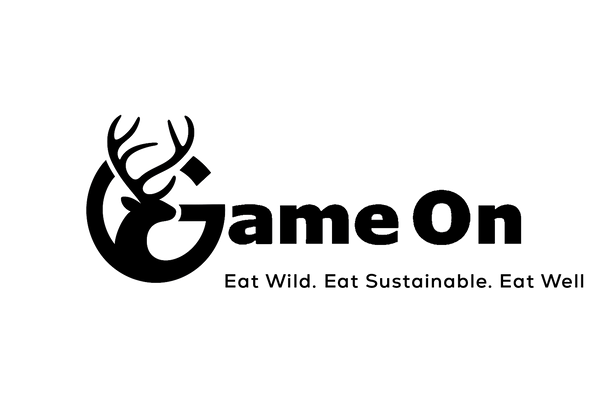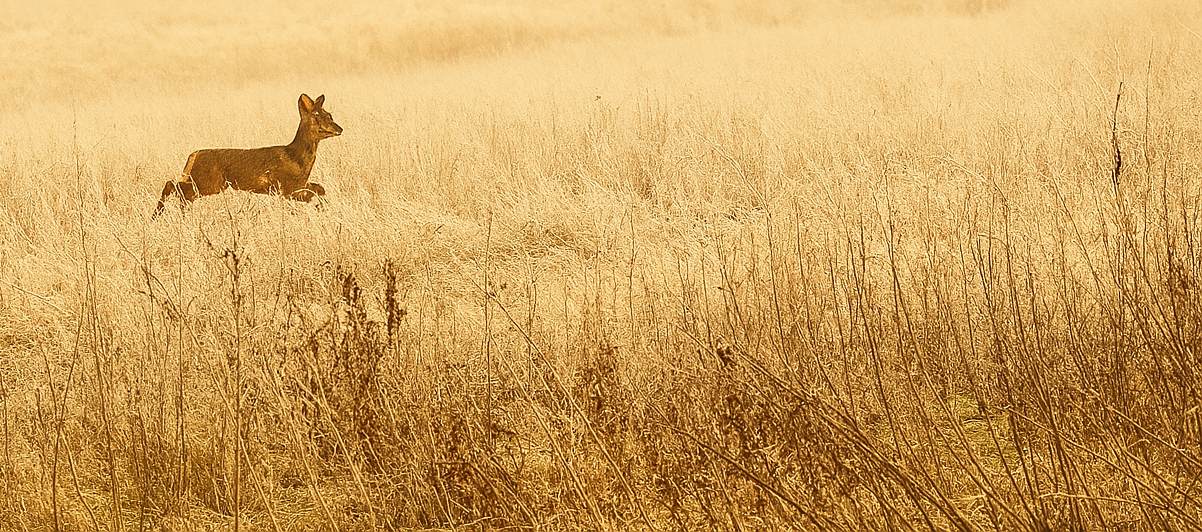
Why Manage deer?
Did you know deer directly influence how many
butterflies, birds and bluebells you see on woodland walks?
We are lucky to have 6 beautiful species of deer in the UK (red, sika, fallow, roe, Chinese water, & muntjac).
We all enjoy seeing them in the wild and Game On will often leave a rifle at home in place of a camera to get close to, understand, and photograph them in their natural habitat.
So why shoot these beautiful creatures, it’s a
shame right? – Yes, it is.
However, we need to sensitively manage populations.
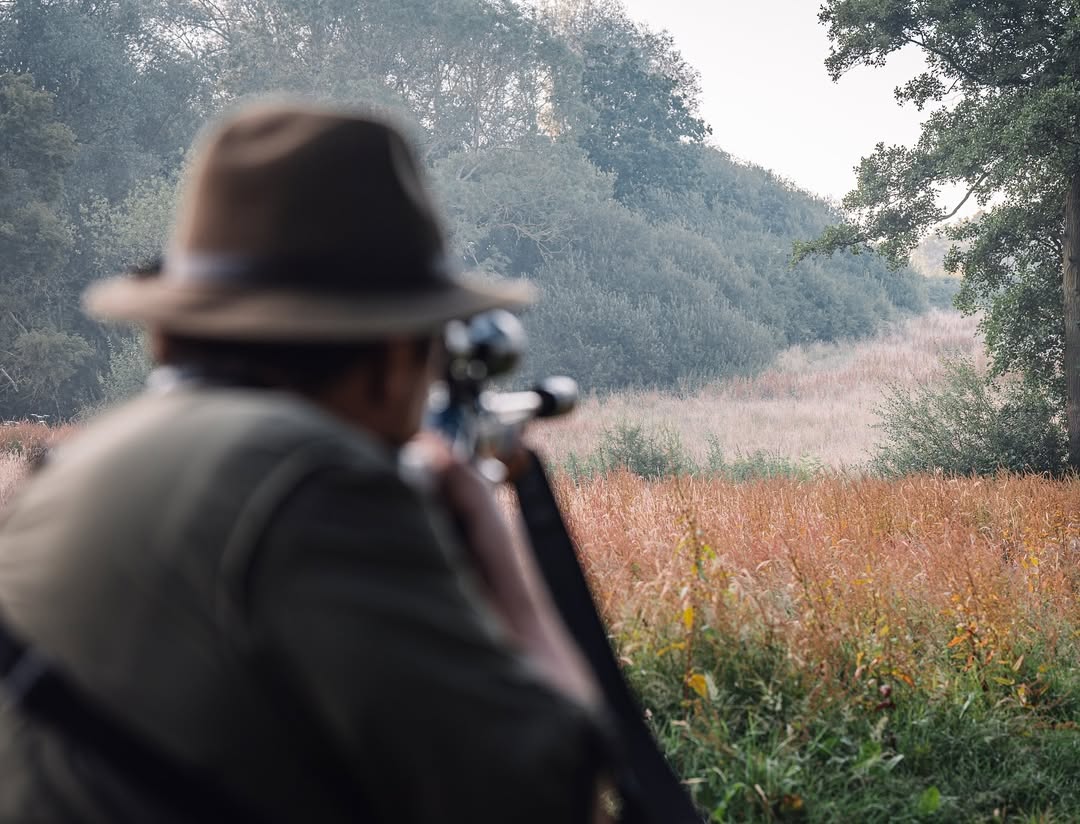
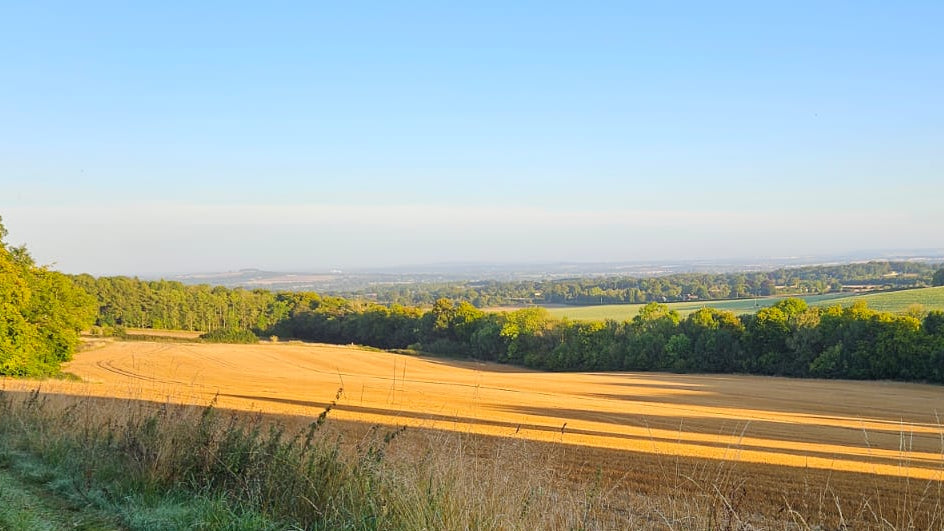
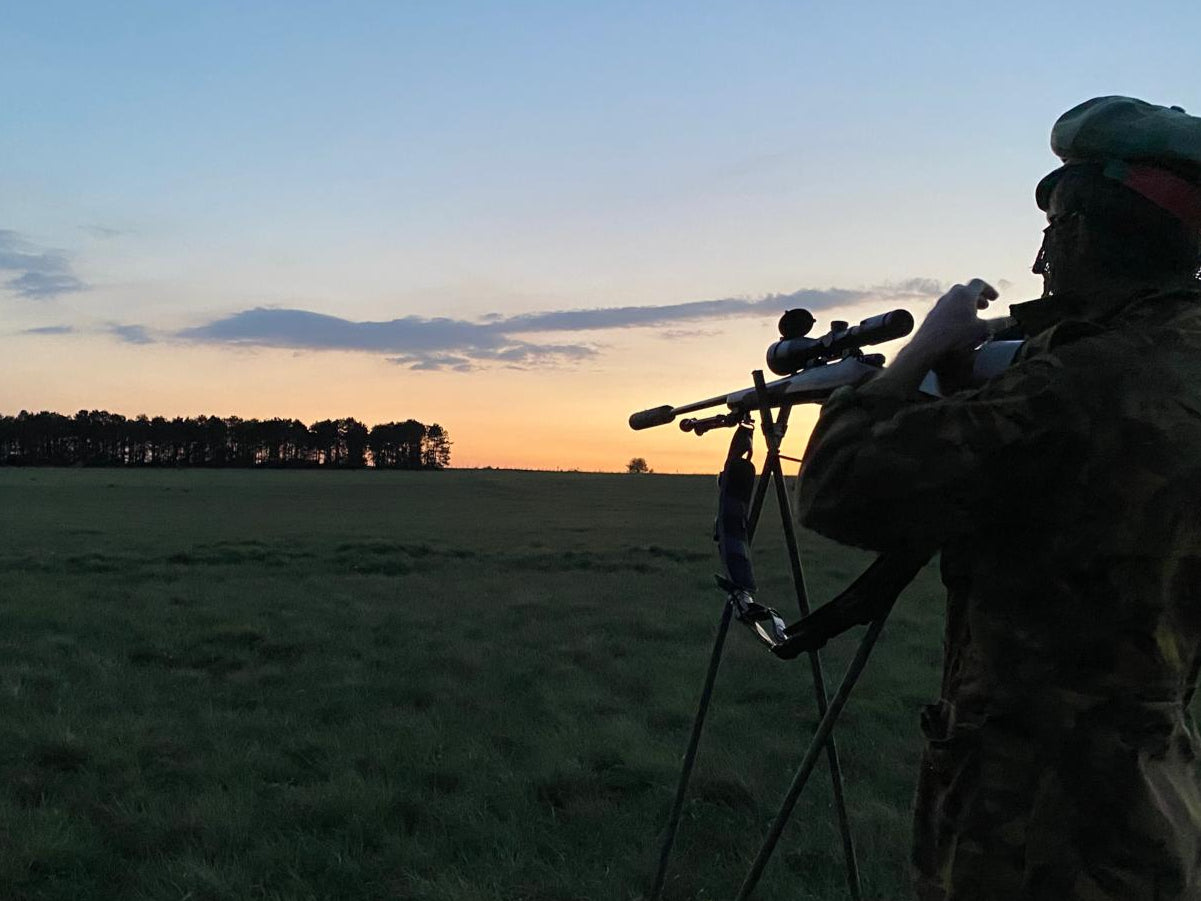
Deer are without natural large predators thanks to us, also thanks to us we provide them with a feast of food from farmed fields and newly planted young trees. It’s impractical and unethical to carve up the countryside fencing-off land to prevent deer and other wildlife access.
Hence culling carried out by responsible qualified people is the most
humane option to prevent a population boom resulting in spread of disease, ecological & economic loss.
Which also provides a wild, healthy, low
carbon, sustainable source of protein.
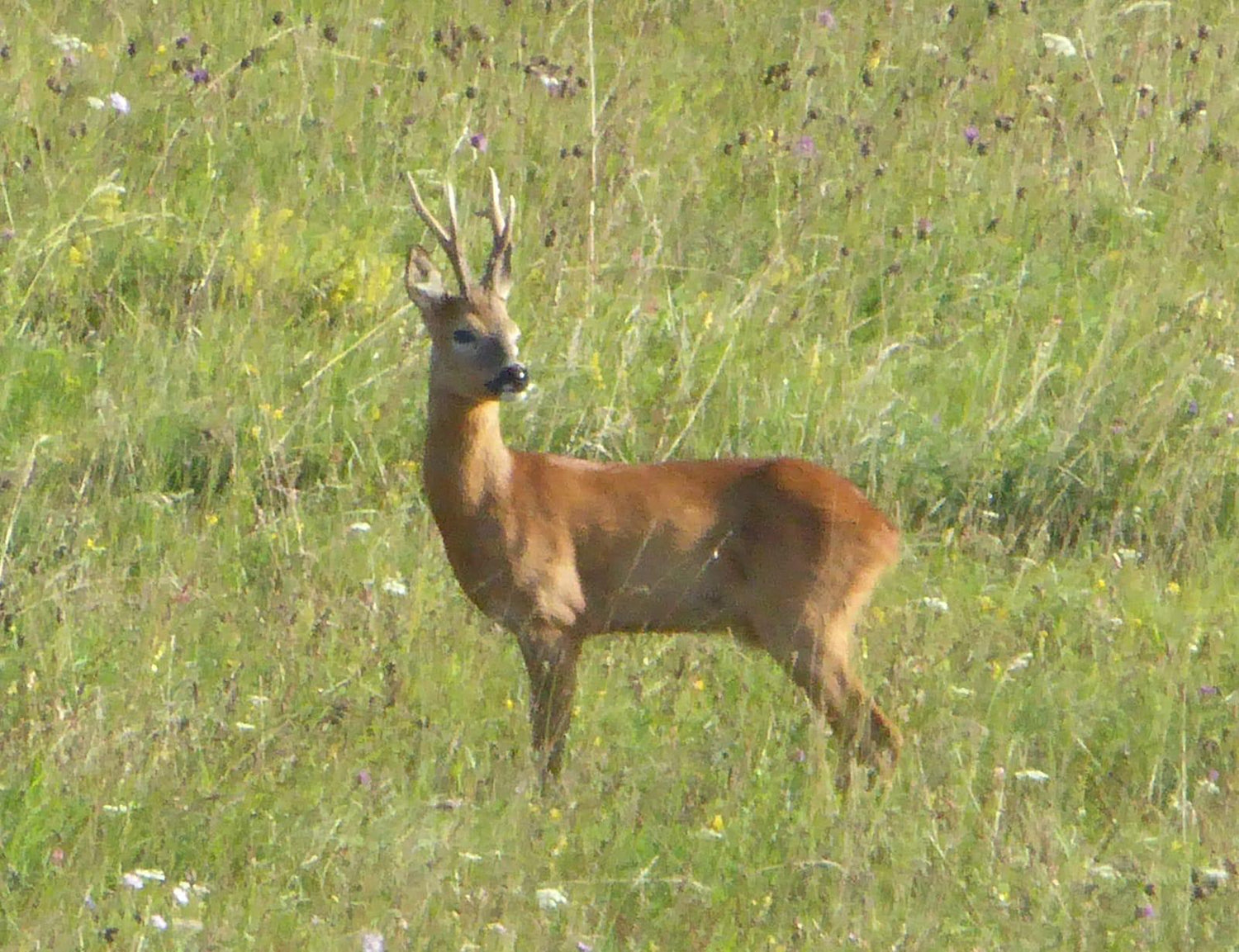
At 2 million...
...the UK deer population is currently at its highest level for 1000yrs. The COVID-19 Lockdown contributed significantly - restaurants & kitchens closed leaving no market for venison nor incentive to shoot them causing a population boom.
Additionally, supermarkets source from farmed/imported, not wild British suppliers (check the label).
The UK deer population must be managed. As stewards of the countryside it's our responsibility to ensure it's in harmony with the ecology. Government backed conservation initiatives are aware of the damage attributable to over-population, and requirement to bring it back down to a sustainable level.
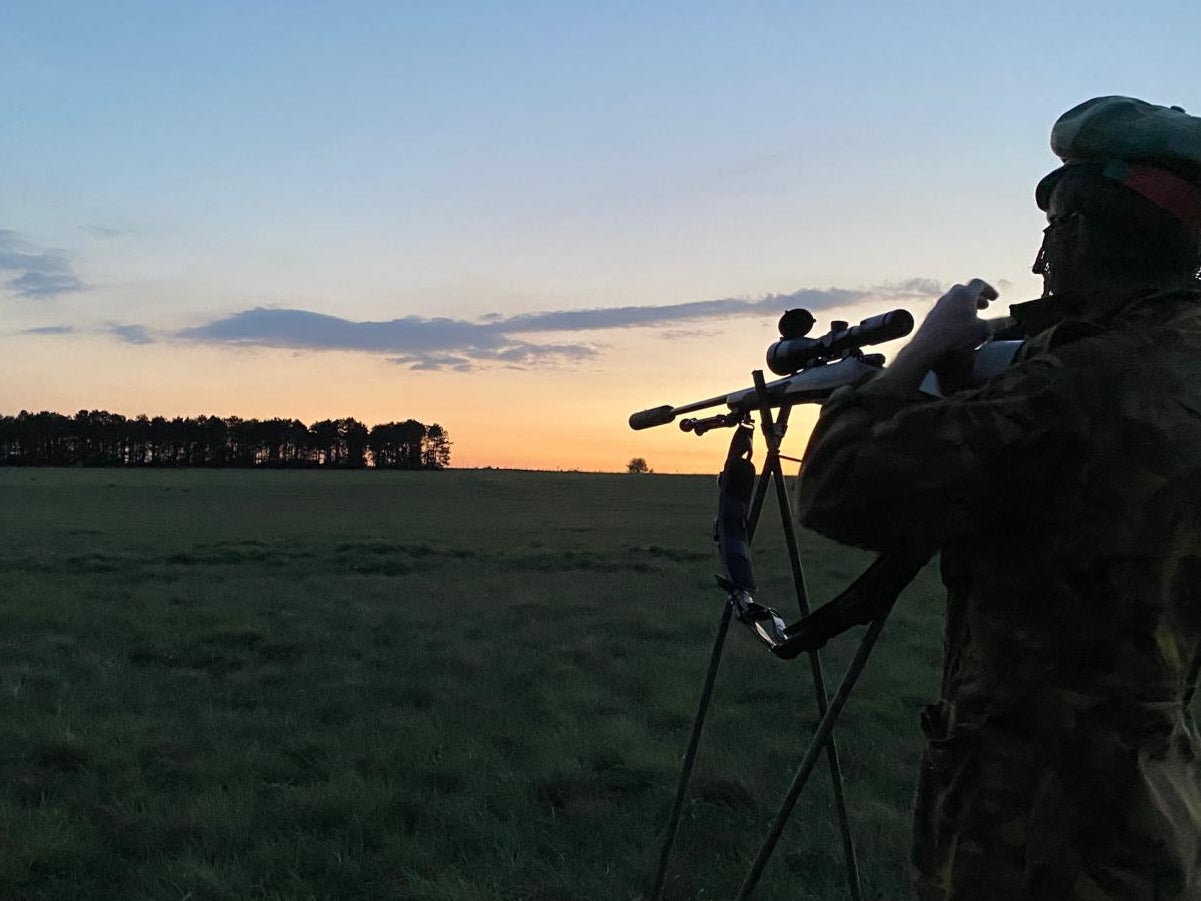
When large herds of deer descend upon agricultural fields of young crops, the farmer’s economic loss is palpable.
When deer feed in woodland they pick tender young leaves & shoots from the ground up to 2mtrs high - young trees, wildflowers & herbs are top of the menu.
You can see this ‘browse line’ for yourself when next out for a walk – there will be a distinct line between out of reach foliage down to the wood floor where deer have cleared most of the vegetation. In uncontrolled high deer population density areas they can strip all vegetation from the woodland floor, preventing new young trees from replacing their parents, and remove the rich diversity of understory vegetation which woodland butterflies, insects, and songbirds feed & nest among.
Take a close look at a woodland floor - it should be a thriving green ecologically diverse habitat, not a carpet of old leaves.
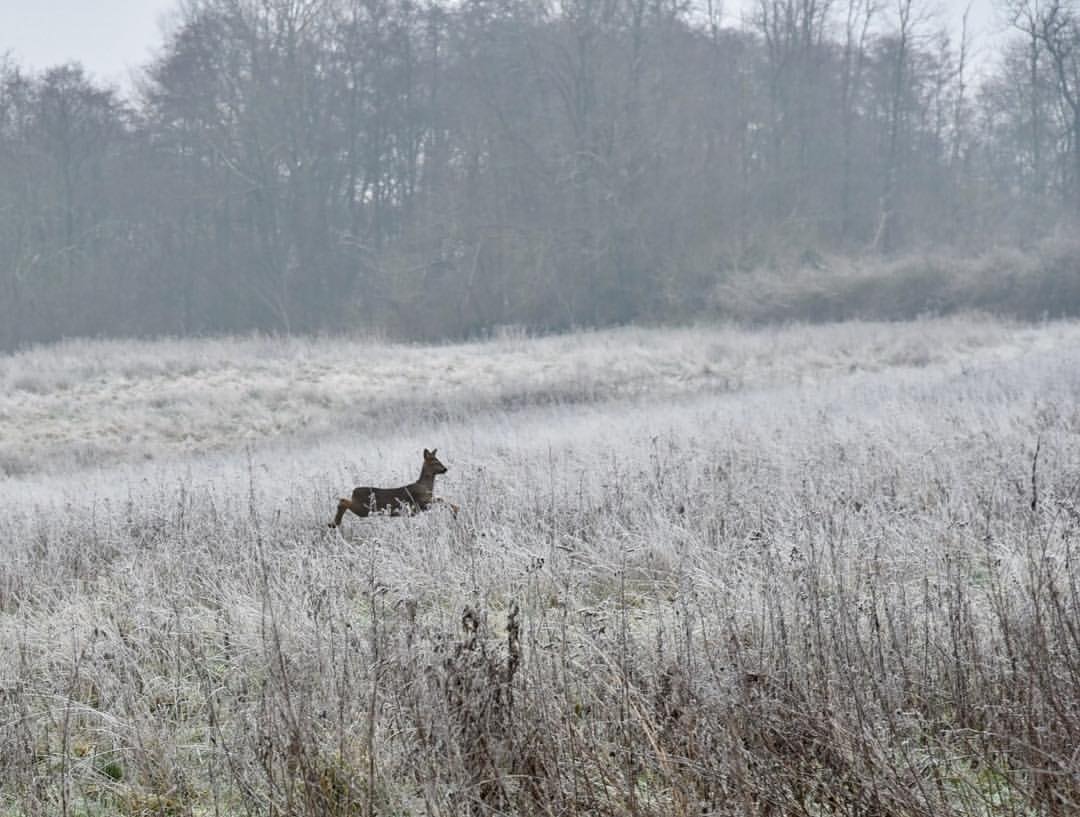
How we work:
Our wild deer are managed in accordance with a strict ‘cull plan’ - the aim is to establish a stable healthy population in balance with the ecosystem.
The cull plan dictates a set number of deer of a specific age/sex to remove from the population. It’s based on deer-surveys/counts, likely birth and natural mortality rates, immigration & emigration of deer moving around, and a damage assessment of how deer are impacting more vulnerable species of flora & fauna or agricultural crops.
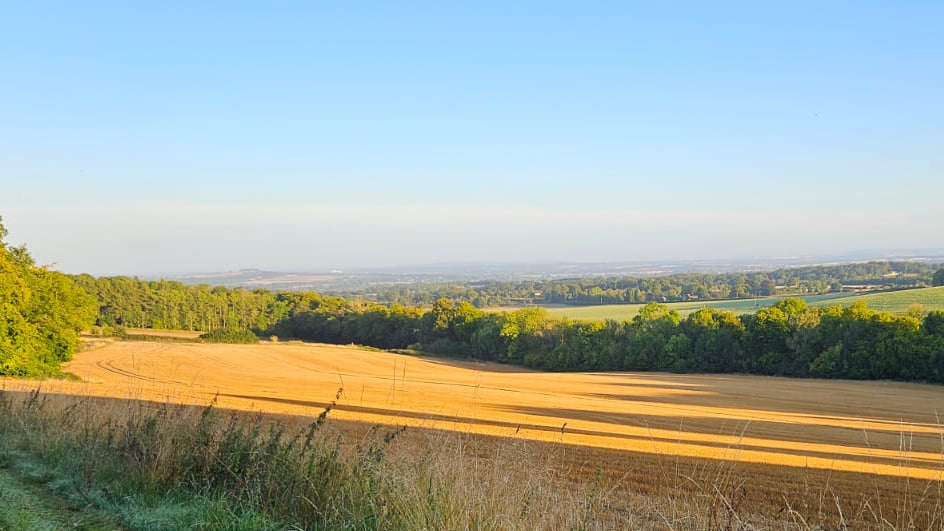
Deer management typically takes place at first/last light when deer are most active & feeding. Setting an alarm clock to deer waking hours can mean some very early starts!
Deer must be culled in a very specific careful humane manner which reflects in high quality venison from a deer which wasn’t stressed. Once culled the carcass is inspected for good health and ‘gralloched’ (gutted) in the field to remove unwanted offal, and cool it down quickly.
Venison is hung in a chiller or cold room for up to 7 days before butchering, this helps the meat mature, ‘relax’, and dry age giving a more tender cut. We prefer not to leave it any longer as it can become too 'gamey' for most palettes.
Some days we’re lucky and fill the larder, many others we’re not!
